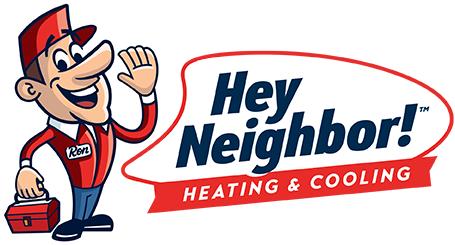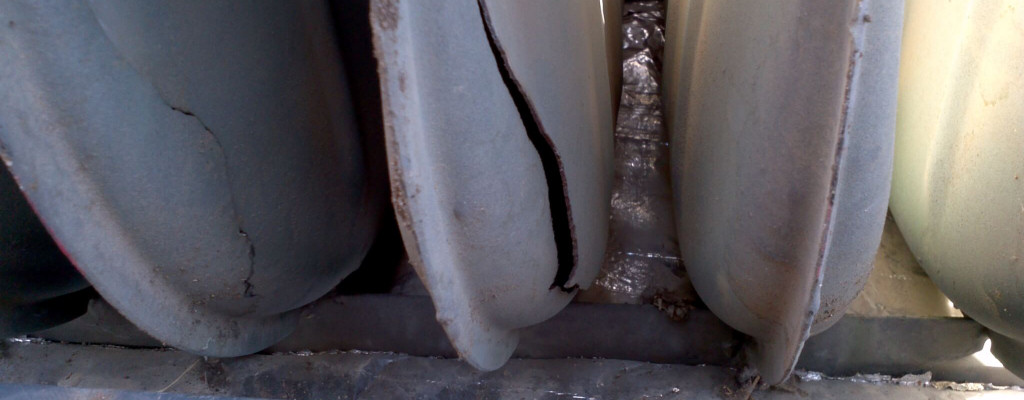Your furnace’s heat exchanger is the set of looped tubes or coils inside your furnace that the airflow passes through. Simply put, your heat exchanger is the part in your furnace that actually heats your home’s air. A cracked heat exchanger is bad news for you, your family, and your home if you don’t act quickly.
A cracked heat exchanger allows carbon and oxygen to be burned, which releases nitrous oxide (N2O), sulfur dioxide (SO2), and carbon monoxide (CO). Carbon monoxide is a dangerous neurotoxin and contributes to hundreds of deaths and thousands of hospital visits each year.
If you think your heat exchanger is cracked, play it safe and call us immediately for an inspection.
Here are the warning signs to be alert for:
Unusual odors
When your heat exchanger isn’t working correctly, it may give off a pungent chemical scent. This might be the first sign you notice, but the smell may be accompanied by physical symptoms, such as nausea and headaches. Harmful chemicals are likely entering your house if you are suffering any of these symptoms. Seek immediate help.
Water in and around your furnace
While a water leak may indicate a condensation problem, another common leak cause is a cracked heat exchanger. In either case, our expert technicians can correct the problem to prevent any further damage to your home and your HVAC system.
Black soot
Soot accumulates due to burning carbon. If you find sooty residue inside your furnace, something isn’t working as it should. Aside from a damaged heat exchanger, this could mean your burners need adjustment. Either fault can lead to a carbon monoxide inhalation hazard, so this is a significant concern, regardless of the cause.
Wear and tear on your furnace
If your furnace is showing its age externally, it’s almost certainly worse internally, and your heat exchanger may already be cracked. Your furnace may be getting too old to function correctly and may need to be replaced. Many times, repeatedly repairing an old unit is far less cost-effective than replacing it.
Physical ailments
If any of the signs above are accompanied by you or a family member becoming ill, you should be extremely cautious. Unexplained fatigue, headaches, confusion, eye and nose irritation, fever, or nausea are all symptomatic of carbon monoxide poisoning. If you or a loved one are suffering from any of these ailments, see a doctor immediately, and call us out to search your home for the culprit, to be on the safe side.
What precautionary steps should I take?
Step 1: If you believe your heat exchanger is damaged, you should immediately turn off your furnace. Even if your system seems to be running fine, it’s not worth risking your health, or worse, your life.
Step 2: Contact us! Our expert technicians will run a combustion gas analysis, which will provide a definitive answer as to whether or not your heat exchanger has an issue.
If we find that your heat exchanger is broken, it needs to be replaced right away. A heat exchanger cannot be repaired, and replacing one can be pretty expensive, up to $1200. If your furnace is a dozen years old or more, you’re likely better off replacing your system entirely. There are two compelling reasons for this:
1) A furnace’s performance declines as it ages and is likely to break down again soon. Who wants to repeatedly spring for furnace repairs?
2) The cost of a new, modern, energy-efficient furnace is more than a new heat exchanger, but a new unit will recover its initial cost quickly – and it’ll keep your family more comfortable and safe too.
We have decades of experience helping homeowners through this potentially dangerous issue. If you think you have a cracked heat exchanger, call us immediately – don’t risk your family’s well-being by waiting!


Comments are closed